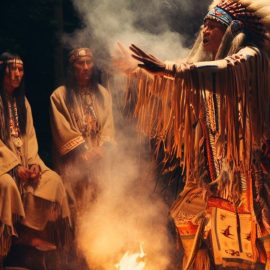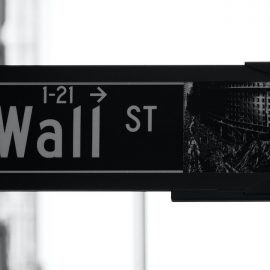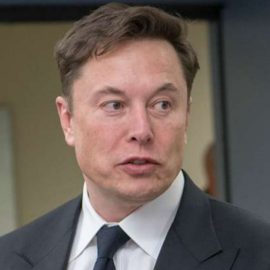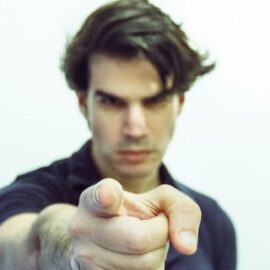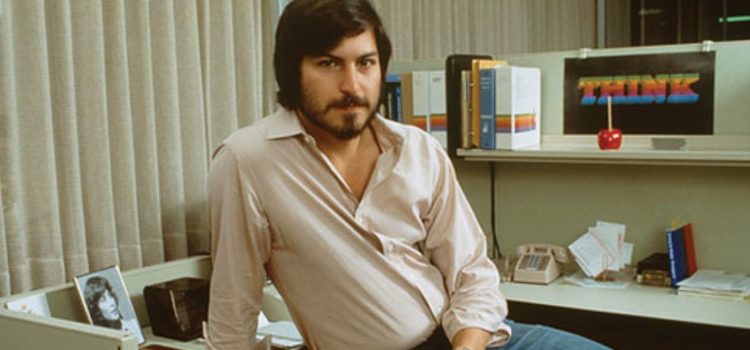
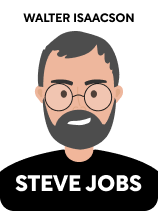
This article is an excerpt from the Shortform book guide to "Steve Jobs" by Walter Isaacson. Shortform has the world's best summaries and analyses of books you should be reading.
Like this article? Sign up for a free trial here.
What was Steve Jobs’s early life like? Where did Jobs go to college?
If it wasn’t for Steve Jobs’s upbringing, Apple probably wouldn’t even exist. Walter Isaacson explains in the biography of Jobs that growing up in Silicon Valley in the 1970s sparked his fascination with design and technology.
Read below for an overview of Steve Jobs’s early life.
Steve Jobs’s Early Life (1955-1974)
The unique combination of circumstances that defined Steve Jobs’s early life made him who he was as an adult. His upbringing shaped the path he would follow, from his childhood in Silicon Valley to his rebellious years in college and his fascination with electronics and design. His interest in computers led to a particular meeting of minds that would shape the future of the digital world.
On February 24, 1955, Steven Paul Jobs was born to Joanne Schieble and her boyfriend, Abdulfattah Jandali. Schieble’s parents objected to her dating a Muslim and insisted she give her child up for adoption. Steve was taken in by Paul and Clara Jobs, a couple in Palo Alto, California. Isaacson makes it clear that even though Jobs always knew he was adopted, he considered his adoptive parents to be his real parents. Because they’d chosen to give him a home while his birth parents gave him away, Jobs grew up feeling both abandoned and special.
(Shortform note: Research shows that even children adopted as infants experience separation trauma from their biological parents, which can manifest as feelings of abandonment and shame and result in behavioral problems. Studies have revealed that children heal from the separation better when their parents tell the story of their adoption. While Steve Jobs’s adoption was closed—he had no contact with or information about his biological parents—Isaacson says that Paul and Clara Jobs emphasized to him that they chose to be his parents.)
Jobs grew up in Silicon Valley, surrounded by people who worked for Hewlett-Packard, Intel, and other pioneering companies in the field of computer technology. The young Steve Jobs was fascinated by the history of the place, and early on he developed into an electronic tinkerer. Isaacson recounts that while still a high school freshman, Jobs needed help with an electrical project, so he looked up the CEO of Hewlett-Packard in the phone book and called him at home to ask for parts.
However bright a student he was, Steve Jobs had a rebellious streak in his early life. In school, he was a prankster, but his parents always defended him, believing that his teachers didn’t challenge him enough. He also began experimenting with marijuana, LSD, and the counterculture movement, which would inform many of his attitudes in life.
In 1971, Jobs met Steve Wozniak, who was five years older but still a child at heart. Jobs and Wozniak bonded over electronics, as well as their love of pulling pranks. After reading about a way to hack the telephone network, Wozniak designed a circuit that he and Jobs used to make long-distance prank calls. Jobs hit on the idea of selling copies of the circuit to students at Stanford. Isaacson points out that this business model would later become the model for Apple, with Wozniak designing the system and Jobs responsible for packaging and marketing.
After graduating from high school in 1972, Jobs enrolled in Portland, Oregon’s Reed College. (Shortform note: Reed College’s ties to the counterculture movement stretch back to the 1950s, when it was a launching point for poets of the Beat Movement such as Gary Snyder, Philip Whalen, and Allen Ginsberg. Reed College also had a reputation for lax policies regarding drug use on campus.)
While diving head-first into the early ’70s counterculture, Jobs developed an interest in Zen Buddhism, with its stark, minimalist values that he would keep over the years. He would also develop a fixation on extremely limited vegan diets and extended periods of fasting.
Jobs enjoyed his time at Reed, but he detested taking required classes. He eventually dropped out but persuaded the school to let him audit classes he was interested in for free. After leaving school for good, Jobs traveled to India, where he hoped to continue his spiritual pursuits, diving into self-deprivation and asceticism. (Shortform note: In Becoming Steve Jobs, Brent Schlender and Rick Tetzeli explain that after college, Jobs felt tempted to lead the lifestyle of a monk, though he was far too ambitious. He was attracted to the spiritual aspects of asceticism found in Hindu beliefs and was also drawn to Buddhism’s quest for perfection.)

———End of Preview———
Like what you just read? Read the rest of the world's best book summary and analysis of Walter Isaacson's "Steve Jobs" at Shortform.
Here's what you'll find in our full Steve Jobs summary:
- A no-fluff look into the life of Steve Jobs
- How Jobs changed the technology landscape
- What it was like to work with and for Steve Jobs

